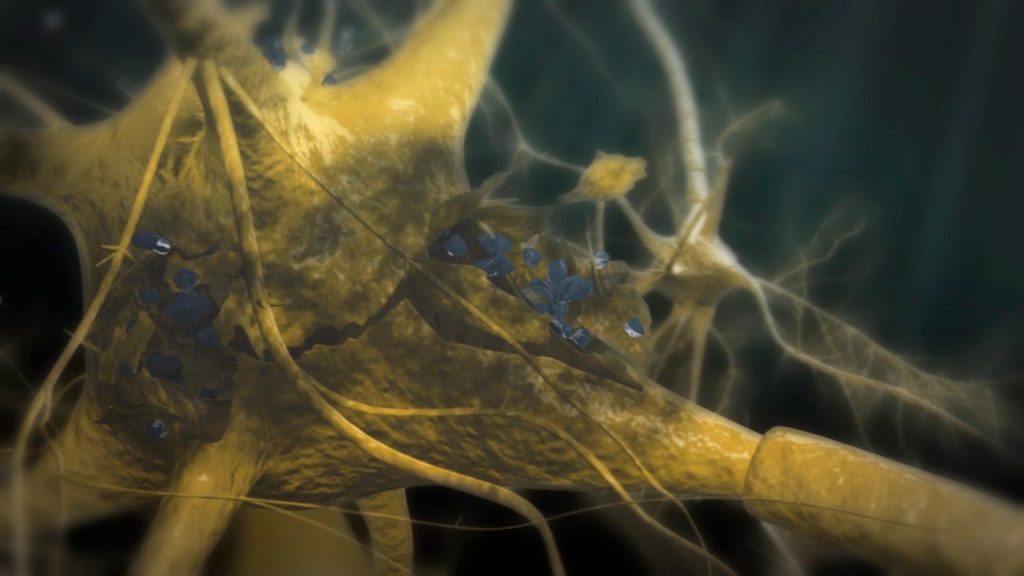Introduction
Hypoglycaemia, or a “hypo”, is an abnormally low level of glucose in your blood (less than four millimoles per litre).
When your glucose (sugar) level is too low, your body doesn’t have enough energy to carry out its activities.
Hypoglycaemia is most commonly associated with diabetes, and mainly occurs if someone with diabetes takes too much insulin, misses a meal or exercises too hard.
In rare cases, it’s possible for a person who doesn’t have diabetes to experience hypoglycaemia. It can be triggered by malnutrition, binge drinking or certain conditions, such as Addison’s disease.
Read more about the causes of hypoglycaemia.
Symptoms of hypoglycaemia
Most people will have some warning that their blood glucose levels are too low, which gives them time to correct them. Symptoms usually occur when blood sugar levels fall below four millimoles (mmol) per litre.
Typical early warning signs are feeling hungry, trembling or shakiness, and sweating. In more severe cases, you may also feel confused and have difficulty concentrating. In very severe cases, a person experiencing hypoglycaemia can lose consciousness.
It’s also possible for hypoglycaemia to occur during sleep, which can cause excess sweating, disturbed sleep, and feeling tired and confused upon waking.
Read more about the symptoms of hypoglycaemia.
Correcting hypoglycaemia
The immediate treatment for hypoglycaemia is to have some food or drink that contains sugar, such as dextrose tablets or fruit juice, to correct your blood glucose levels.
After having something sugary, you may need to have a longer-acting “starchy” carbohydrate food, such as a sandwich or a few biscuits.
If hypoglycaemia causes a loss of consciousness, an injection of the hormone glucagon can be given to raise blood glucose levels and restore consciousness. This is only if an injection is available and the person giving the injection knows how to use it.
You should request an ambulance if:
a glucagon injection kit isn’t available
there’s nobody trained to give the injection
the injection is ineffective after 10 minutes
Never try to put food or drink into the mouth of someone who’s drowsy or unconscious as they could choke. This includes some of the high-sugar preparations specifically designed for smearing inside the cheek.
Read more about treating hypoglycaemia.
Preventing hypoglycaemia
If you have diabetes that requires treatment with insulin, the safest way to avoid hypoglycaemia is to regularly check your blood sugar and learn to recognise the early symptoms.
Missing meals or snacks or eating less carbohydrate than planned can increase your risk of hypoglycaemia. You should be careful when drinking alcohol as it can also cause hypoglycaemia, sometimes many hours after drinking.
Exercise or activity is another potential cause, and you should have a plan for dealing with this, such as eating carbohydrate before, during or after exercise, or adjusting your insulin dose.
You should also make sure you regularly change where you inject insulin as the amount of insulin your body absorbs can differ depending on where it’s injected.
Always carry rapid-acting carbohydrate with you, such as glucose tablets, a carton of fruit juice (one that contains sugar), or some sweets in case you feel symptoms coming on or your blood glucose level is low.
Make sure your friends and family know about your diabetes and the risk of hypoglycaemia. It may also help to carry some form of identification that lets people know about your condition in an emergency.
When hypoglycaemia occurs as the result of an underlying condition other than diabetes, the condition will need to be treated to prevent a further hypo.
Read more about preventing hypoglycaemia.
